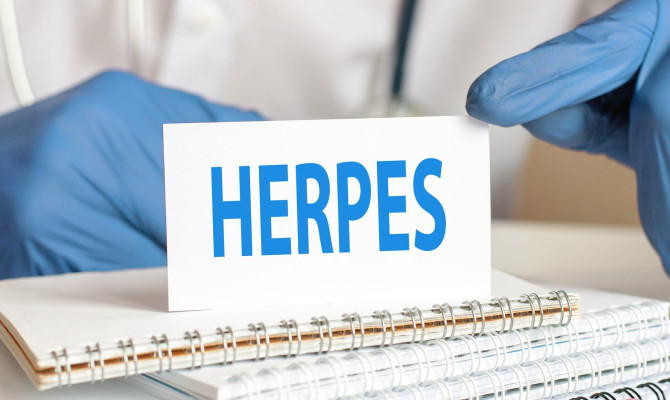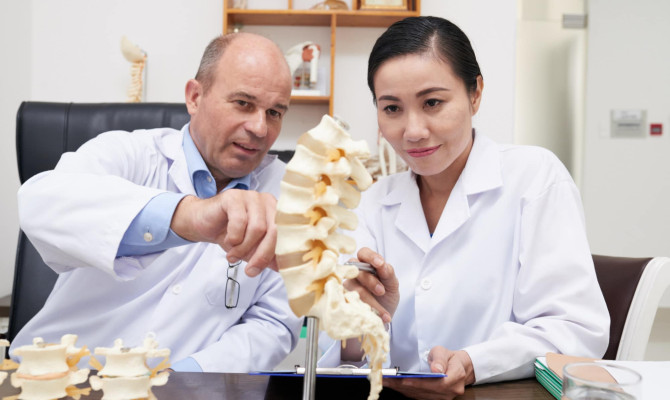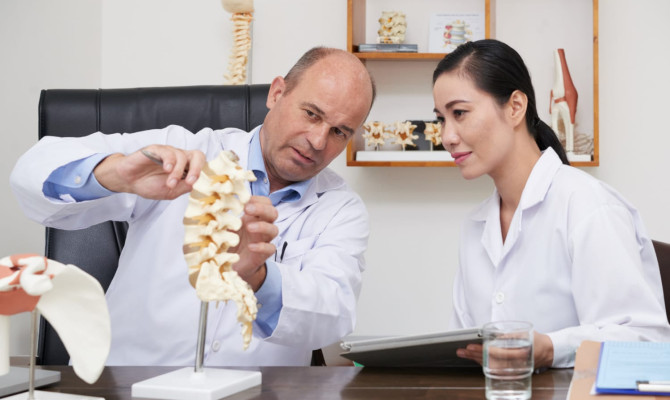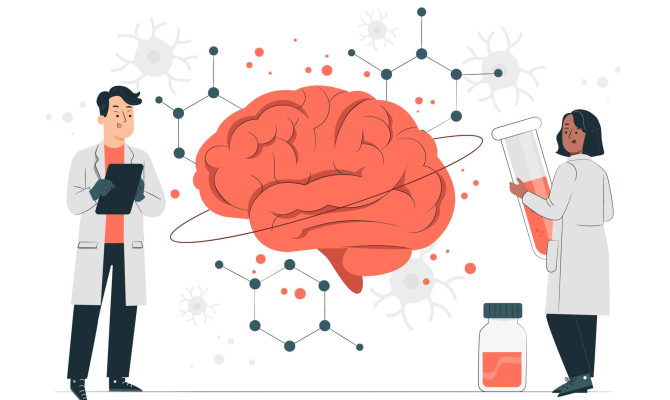Understanding Endoscopy: Types, Uses, Benefits and Risks

- Endoscopy
- 22 Aug 2023
Overview
What is Endoscopy?
Endoscopy is a medical treatment that examines the body’s internal organs, cavities, and supporting structures using a specialized instrument called an endoscope. A thin, flexible tube with a light and a tiny camera attached at one end, an endoscope enables medical personnel to view and record pictures and movies of inside structures.
The article will go into the realm of endoscopy and examine its varied applications across modalities and the revolutionary changes it has brought about in patient care. We will also shed some light on how therapeutic strategies that have revolutionized the treatment landscape for many medical illnesses have emerged from under copy, which has gone beyond diagnostic limits and extended experience.

Types
Types of Endoscopy
It encompasses various medical procedures to visualize and examine specific organs or body systems. The area of the body being checked determines the type of procedure. Here are a few typical examples:
- Esophagogastroduodenoscopy (EGD)
- Colonoscopy
- Bronchoscopy
- Enteroscopy
- Sigmoidoscopy
- Ultrasound with endoscopy
- ERCP (endoscopic retrograde cholangiopancreatography)
Esophagogastroduodenoscopy (EGD)
- An endoscope is inserted into the mouth to examine the internal organs during this procedure. Tumors, ulcers, and acid reflux are just a few of the problems it is used to identify and treat.
Colonoscopy
- An endoscope must be inserted into the rectum to view the entire colon in this manner. It is mainly used for colon polyp, tumor detection, and colorectal cancer screening.
Bronchoscopy
- It makes it possible to examine the lungs and airways. The tube is inserted into the trachea and bronchi through the nose or mouth to identify lung conditions, infections, or obstructions.
- A specialized long endoscope is used to inspect the small intestine. It can aid in diagnosing and treating numerous illnesses like Crohn’s disease and minor bowel bleeding.
Sigmoidoscopy
- It involves a partial inspection of the rectum and colon’s lower portion. It is frequently employed to look for polyps, tumors, or inflammation in this area.
Ultrasound with endoscopy
- Fusing endoscopy and ultrasound imaging makes it possible to see organs and tissues close to the digestive tract in great detail. It can be used to examine the pancreas, liver, and surrounding organs, as well as for the diagnosis and staging of gastrointestinal malignancies.
ERCP (endoscopic retrograde cholangiopancreatography).
- It is utilized to look into the pancreatic duct and bile ducts. An endoscope must be inserted through the mouth to reach the duodenum, and a contrast agent must be used for X-ray imaging.1Types| Researched based study from Nlm.nih.gov ,2Types| Researched based study from Nlm.nih.gov ,3Types| Researched based study from Cancer.org
Uses
What does an Endoscopy tests for?
- Gastrointestinal symptom studies
- Monitoring for intestinal issues
- Understanding Respiratory conditions
- Diagnosing Bleeding from the gut
- Understanding Swallowing difficulties
- Evaluation of stomach and duodenal ulcers
- Polyp detection and removal
- Unaccounted-for anemia
- Assistance with diagnostics for diseases of the liver and pancreas.
- Aid with gynecological problem diagnosis
Gastrointestinal symptom studies
- An endoscopy may be necessary for patients with persistent or unexplained symptoms such as abdominal pain, trouble swallowing, steady hard stool, vomiting blood, or changes in bowel habits.
Monitoring for intestinal issues
- People over 50 or those at higher risk for digestive diseases may get screened with a colonoscopy as a prophylactic step to find any early signs of colorectal cancer or other conditions.
Understanding Respiratory conditions
- A bronchoscopy is necessary for patients who have a chronic cough, describe chest pain, or have trouble breeding me because it enables visualization of the airways and aids in diagnosing lung problems.
Diagnosing Bleeding from the gut
- It can assist in direct therapy interventions to stop GI building and is crucial for identifying its cause.
Understanding Swallowing difficulties
- People who experience difficulty swallowing display undergo an endoscopy called an esophagogastroduodenoscopy (EGD) to evaluate the esophagus, stomach, and the upper part of the small intestine.
Evaluation of stomach and duodenal ulcers
- It can diagnose and monitor the healing of peptic ulcers in the stomach or the first part of the small intestine.
Polyp detection and removal
- To lower the risk of colorectal cancer, finding and removing polyps from the colon is frequently done.
Unaccounted-for anemia
- It can assist in locating potential gastrointestinal bleeding causes in unexplained iron deficient anemia.
Assistance with diagnostics for diseases of the liver and pancreas
- The diagnosis and staging of some disorders can be aided by endoscopic ultrasound (EUS), which can offer fine-grained pictures of the liver, pancreas, and adjacent organs.
Aid with gynecological problem diagnosis
- It can be applied to identify diseases impacting the uterus and nearby structures.7Uses| Researched based study from Nlm.nih.gov
Benefits
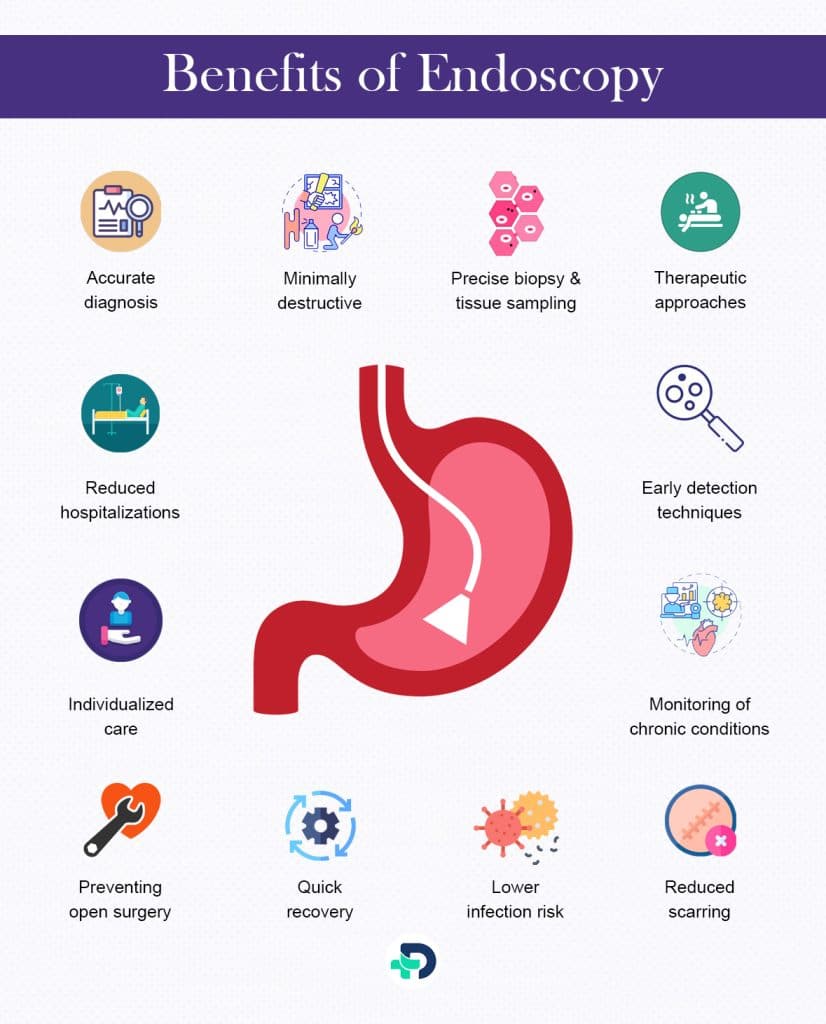
Benefits of Endoscopy
As a minimally invasive and incredibly adaptable technology, it has revolutionized the world of medicine and become an essential tool for diagnosing, treating, and controlling a wide range of medical disorders.
- Accurate diagnosis
- Minimally destructive
- Precise biopsy and tissue sampling
- Therapeutic approaches
- Reduced hospitalizations
- Quick recovery
- Lower infection risk
- Early detection techniques
- Individualized care
Accurate diagnosis
- It offers real-time, high-definition images, permitting direct visualization of inside organs and structures. This makes it possible for medical practitioners to make precise diagnoses.
Minimally destructive
- Endoscopy is less intrusive than conventional surgical treatments; it only needs a minor incision or a natural bodily opening for insertion. As a result, the surrounding tissues sustain less damage, shorten recovery times, and decrease postoperative discomfort.
Precise biopsy and tissue sampling
- It enables targeted biopsies to be collected from questionable locations, which is very useful for the early detection and diagnosis of infectious infections and inflammatory conditions like cancer.
Therapeutic approaches
- This treatment can open blocked bile ducts, remove polyps, control bleeding, perform several therapeutic procedures, and serve as a diagnostic tool.
Reduced hospitalizations
- It can frequently be done as an outpatient procedure, which minimizes the requirement for hospitalization and lowers healthcare expenses.
Quick recovery
- In comparison to traditional surgery, people who have endoscopies typically heal more quickly and return to their normal activities sooner. This is due to the procedure’s minimally invasive nature.
Lower infection risk
- Smaller incisions and less extensive exposure of internal organs to the outside environment reduce the risk of infection.
Early detection techniques
- Methods like colonoscopy can discover precancerous polar polyps, allowing for their removal before they turn malignant. Early detection screening plays a critical part in cancer screening.
Individualized care
- It enables doctors to customize the treatment plans following each patient’s unique situation, resulting in more individualized and efficient care.
Preventing open surgery
- It can frequently eliminate the need for open surgery, protecting patients from major surgeries’ risks and potential consequences.
Reduced scarring
- Minimal scarring is produced by the little incision or natural body opening, which improves cosmetic outcomes.
Monitoring of chronic conditions
- It tracks and evaluates how chronic illnesses change over time, enabling prompt modifications to treatment schedules.4Benefits| Researched based study from Nlm.nih.gov ,5Benefits| Researched based study from Sciencedirect.com ,6Benefits| Researched based study from Nlm.nih.gov
Risks
Endoscopy risks
While endoscopy is generally considered a safe and well-tolerated medical procedure, it carries some inherent risks. The likelihood and severity of these risks can vary depending on the type of endoscopy and individual patient factors, so patients and healthcare providers must be aware of these potential risks before undergoing an endoscopic examination.
Bleeding
- Biopsies or therapeutic interventions during endoscopy may induce bleeding, especially in sensitive or vascular tissues. In most situations, bleeding is mild and resolves independently, but severe bleeding may require further medical attention.
Perforation
- Rarely, an organ perforation caused by the endoscope or other surgical tools used during the surgery may result in severe complications like infection or surgical repair.
Infection
- It involves putting flexible tubing into the body, which can introduce harmful microorganisms and cause infection. Although the disease risk is usually low, it is possible, particularly if essential sterilization and hygiene measures are not followed.
Adverse effects of sedation or anesthesia
- To improve patient comfort, several treatments necessitate the use of anesthesia or sedition. However, in rare instances, patients may have adverse reactions to these drugs, including allergic reactions or respiratory problems.
Breathing difficulties
- There is a slight chance of respiratory issues or airway obstruction during Airways procedures, such as bronchoscopy, especially in patients with pre-existing lung conditions.
Cardiovascular problems
- Endoscopy-related sedation can have minor, transient effects on the cardiovascular system, such as blood pressure or heart rate changes.
Pancreatitis
- Patients undergoing ERCP (endoscopic retrograde cholangiopancreatography) operations may experience pancreatitis and pancreas inflammation. There are some patient populations where this danger is particularly significant.
Reaction to a contrasting substance
- Contrast material may be utilized for imaging during some operations. The contrast dye may induce allergic responses.
Discomfort and side effects
- Mild side symptoms, including a sore throat, bloating, or cramps, may occur in some people, although these usually go away quickly.4Risks| Researched based study from Nlm.nih.gov ,5Risks| Researched based study from Sciencedirect.com ,6Risks| Researched based study from Nlm.nih.gov
Any feedback on this article?
 This Articles content was accurate
This Articles content was accurate Very Informative Article
Very Informative Article I have a question or a comment
I have a question or a comment
 This article contains inaccurate content
This article contains inaccurate content This article was not helpful
This article was not helpful I have a question or a comment
I have a question or a comment
We appreciate your helpful feedback!
Checkout our social pages
References
-
National Library of Medicine
Endoscopic Imaging Technology Today | Types
-
National Library of Medicine
Gastrointestinal endoscopy: past and future | Types
-
American Cancer Society
Endoscopy | Types
-
National Library of Medicine
Appropriate use of endoscopy in the diagnosis and treatment of gastrointestinal diseases: up-to-date indications for primary care providers | Benefits | Risks
-
Science Direct
The advantages and disadvantages of endoscopy | Benefits | Risks
-
National Library of Medicine
Impact of endoscopy-based research on quality of life in healthy volunteers | Benefits
-
National Library of Medicine
Endoscopic applications of magnets for the treatment of gastrointestinal diseases | Benefits














